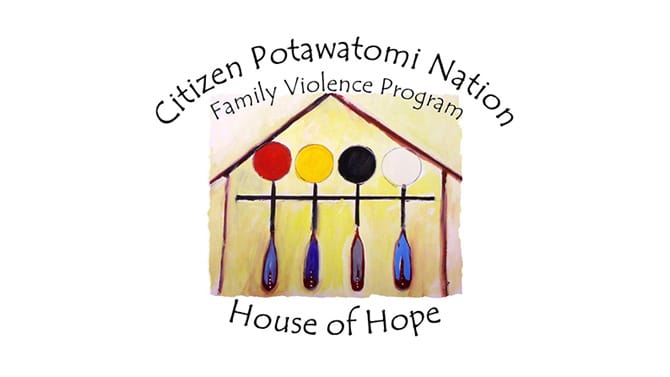By Kayla Woody, CPN House of Hope DVPI Prevention Specialist
Domestic violence is gaining more coverage in our society today. We hear about it on most news outlets and social media. According to the National Coalition Against Domestic Violence, more than 1 in 3 women and 1 in 4 men will experience rape, physical violence, and/or stalking by the hands of their intimate partner. The real question that most people ask is “What can I do to help out with this epidemic?”

The most effective way to help victims of domestic violence is learning to be an active bystander in your community. Bystander intervention is a vital part of the fight against domestic violence. An engaged bystander will be able to help someone by intervening before, during or after the situation. Many people will hesitate to intervene if they do not know the proper way to handle it.
Warning signs that a situation may be abusive
If the person you think is an abuser is:
- Acting excessively jealous of his/her partner
- Insulting or embarrassing his/her partner in public
- Yelling at or trying to intimidate his/her partner
Or, if the person you suspect is a victim is:
- Acting submissive
- Showing physical injuries or wearing unusual clothing as if to hide an injury (i.e., sunglasses indoors or long sleeves in summer)
- Anxious to please his/her partner
- Afraid of his/her partner, talking about his/her temper, possessiveness or jealousy
- Restricted from seeing family and friends
- Limited in access to money or a car
- Depressed, anxious or suicidal
Bystander barriers
- I am unsure what to do or say.
- I am not sure if it is safe to intervene.
- I do not want to embarrass myself or the people involved.
- What if it is not really abuse?
- I do not want to offend anyone.
- I do not know the people involved.
- It is really none of my business.
- I do not feel comfortable judging someone else’s behavior.
- No one else is doing anything.
- I hate conflict.
How to be an effective bystander
Depending on the situation, it may not always be safe to confront the perpetrator. Here are some tips on how to be involved at every stage of a situation.
- Interrupt or distract.
When you witness the altercation, simply pretend to ask for directions, or act as if you know the victim and start a conversation. - Confront the perpetrator.
You can interfere by respectfully telling the harasser that their actions are not OK. - Request assistance from others.
The more people who can assist you in stopping the situation, the more likely the violence will end. - Make a scene.
Sometimes you can bring attention to the situation, and this could delay an escalation. - Call in professionals.
If the situation is a threat to your safety or the safety of others, it is best to contact law enforcement to assist. - Familiarize yourself with local domestic violence shelters.
The best way to assist someone after the fact is to give them contact information to a local domestic violence shelter to seek safety and resources.
How can you make a difference?
With the staggering statistics of domestic violence, we all may know someone who is affected by it. Most of the time, violent situations remain behind closed doors, but if you pay close enough attention, you will see that perpetrators will also act aggressively in public. It is important to educate yourself on red flags to look for and spread the word in the community about helping.
- Recognize that domestic violence is a real problem in the community.
- Recognize the warning signs of violence or the precursors to abuse.
- Speak up about bystander intervention and the importance of helping others.
- Do not brush off uncomfortable situations; say or do something.
If you or someone you know is experiencing domestic violence, stalking, and/or sexual assault and would like more information, please contact CPN House of Hope at 405-275-3176 or visit us online at facebook.com/cpnhouseofhope.
